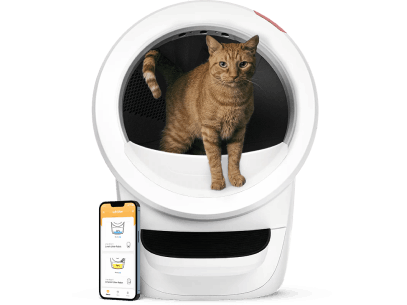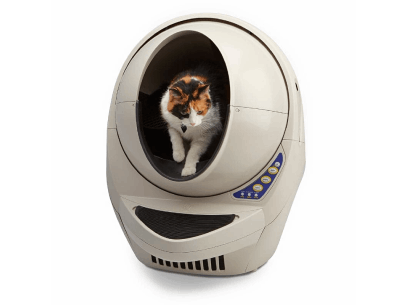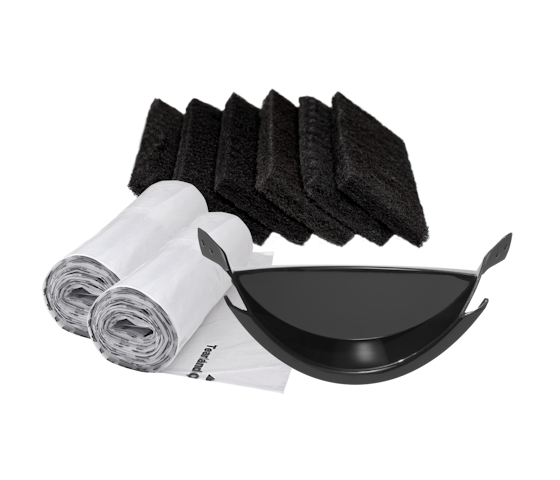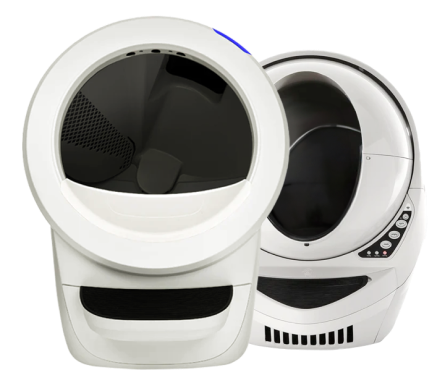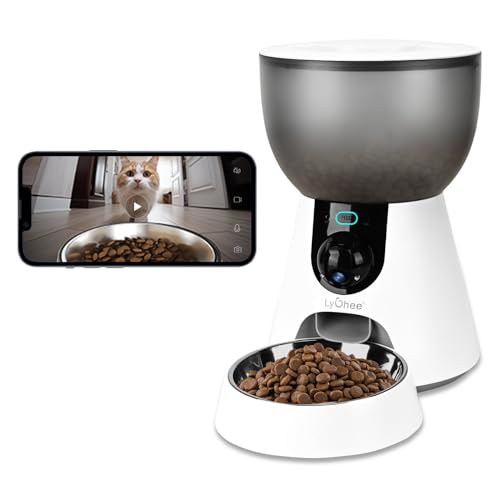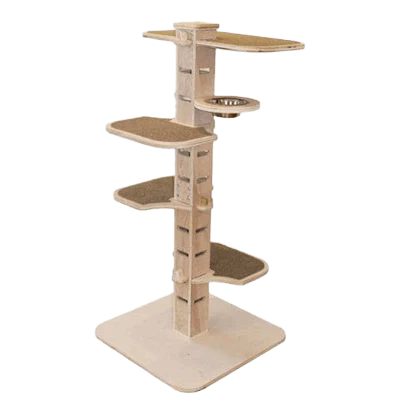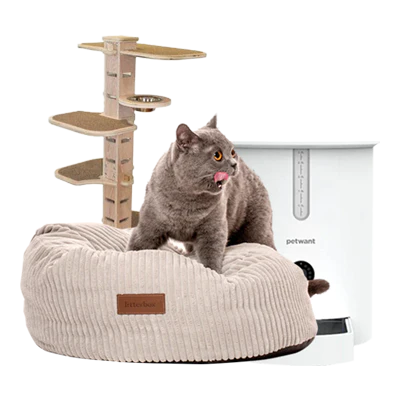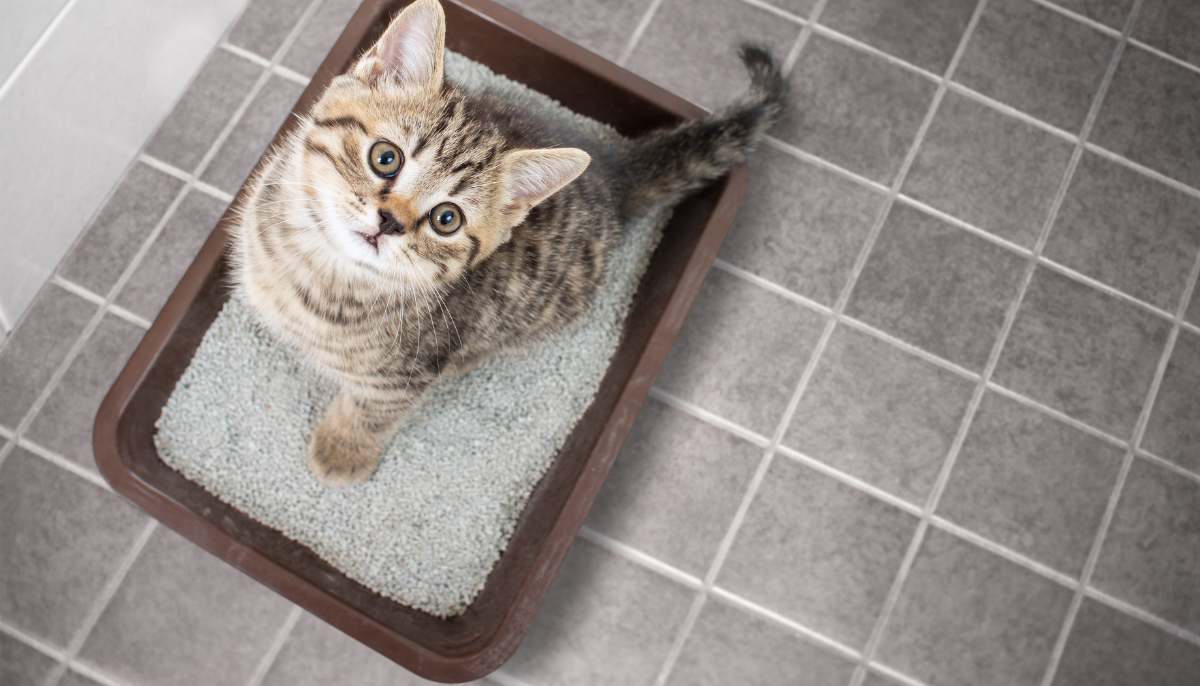If your cat is suddenly avoiding their litter box, you’re not alone—and you’re not to blame. Litter box issues are one of the most common (and frustrating) challenges cat parents face. But they’re also one of the most solvable. This guide brings together expert-backed insights across medical, behavioural, and environmental causes to help you confidently identify what’s going wrong—and how to fix it.
We’ve curated the most helpful content on everything from stress triggers to the best litter for senior cats. Whether you’re navigating inappropriate urination for the first time or managing a multi-cat household, this is your one-stop resource.
1. Start Here: Why Is My Cat Peeing Outside the Litter Box?
When your cat suddenly stops using the litter tray, the causes can range from treatable health issues to minor environmental changes. Our overview article breaks down the most common reasons—medical and behavioural—and shows you how to start solving them today.
👉 Read: Why Is My Cat Suddenly Peeing Outside the Litter Box?
2. Medical Matters: When to See the Vet
Urinary tract infections, kidney disease, and other medical issues can make the litter box feel like a painful place. Learn the red flags to look for and when to seek veterinary care.
👉 Read: Understanding Why Your Cat Is Urinating Outside the Litter Box
3. Male Cats and Litter Box Issues
Male cats, especially those unneutered or prone to stress, may be more likely to mark or experience urinary problems. This article explains why and offers tailored solutions.
👉 Read: Why Is My Male Cat Peeing Outside His Litter Box?
4. Caring for Older Cats
Senior cats may struggle with litter box access due to arthritis, cognitive decline, or chronic illness. Learn how to support their changing needs and prevent future accidents.
👉 Read: Why Is My Old Male Cat Peeing Everywhere?
5. How Litter Type Affects Behaviour
Choosing the right litter can make all the difference—especially if your cat is fussy, anxious, or has sensitive paws. We compare clumping clay vs. tofu litter and what suits different cats best.
👉 Read: The Pros and Cons of Clumping Cat Litter 👉 Read: The Benefits of Using Tofu Cat Litter
6. The Litter Box Itself: Setup, Placement & Cleaning
Sometimes the issue isn’t your cat—it’s the litter box. From too-small trays to noisy locations, subtle setup details can drive avoidance. This guide explains how to get it right.
7. Your Litter Box’s Secret Weapon: The Litter-Robot™
Looking for a hands-free, odour-controlled solution? The Litter-Robot™ is more than a luxury—it’s a game changer for busy, design-conscious cat homes. Learn how it supports behavioural consistency and hygiene.
👉 Discover the world's number 1 automatic litter box
Final Thoughts
Inappropriate urination is rarely just a behavioural problem—it’s a message from your cat that something isn’t right. With the right guidance and tools, you can get to the root cause, make the necessary changes, and return your home to a clean, stress-free sanctuary.
Bookmark this guide, share it with fellow cat lovers, and remember: you’re not alone—and you’ve got this.
Frequently Asked Questions
Medical issues like UTIs, behavioural stress, or environmental discomfort—such as poor litter box placement—are the most common causes.
If your cat is straining, vocalising, or urinating frequently, see a vet immediately. These may be signs of a serious medical issue.
The rule of thumb is one litter box per cat, plus one extra. This helps reduce territorial stress and ensures access for all cats.
Yes. Some cats avoid scented or dusty litters. Switching to a low-dust, unscented, or softer texture (like tofu) can improve litter box use.
Absolutely. Its self-cleaning function promotes cleanliness, reduces odour, and can encourage consistent litter habits in sensitive cats.
